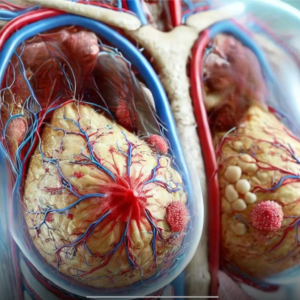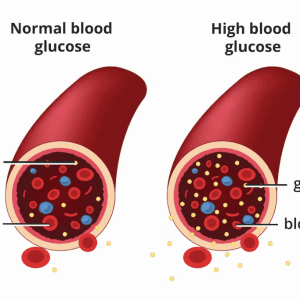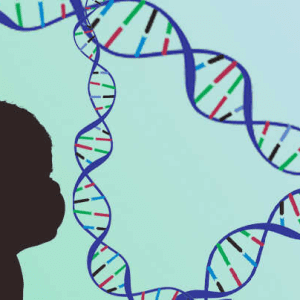A stroke is a life-threatening medical emergency that happens when blood flow to the brain is interrupted. This can lead to brain damage, disability, or even death. While both men and women can experience strokes, women often exhibit symptoms that differ from the classic signs commonly associated with strokes.
Most people recognize sudden paralysis, slurred speech, or weakness on one side of the body as typical stroke indicators. However, in women, the symptoms can be more subtle and unusual, making them easier to miss. Being aware of these lesser-known warning signs could save your life or the life of someone you love.
1. Nausea and Vomiting

Nausea and vomiting are not typically associated with strokes, but they can be early warning signs, especially in women. A stroke that impacts certain areas of the brain can disrupt the body’s balance and increase intracranial pressure, leading to sudden and unexplained nausea.
Signs to Watch For:
- Nausea that comes on suddenly without food poisoning or gastrointestinal illness
- Vomiting that does not provide relief from symptoms
- Accompanying dizziness or a feeling of disorientation
Video:
10 Unusual Stroke Signs In Women That Should Never Be Ignored
If nausea and vomiting appear along with other stroke indicators, seek medical help immediately.
2. Sudden, Severe Headache
A stroke can sometimes manifest as a severe headache, often described as the worst headache of your life. This is particularly true for hemorrhagic strokes, which occur when a blood vessel in the brain ruptures.
Warning Signs:
- A headache that strikes suddenly and intensely
- Pain that worsens with movement or exposure to light
- Experiencing migraine-like symptoms without a history of migraines
If you or someone else experiences a sudden, severe headache, don’t hesitate—call for emergency assistance right away.
3. Shortness of Breath or Chest Pain
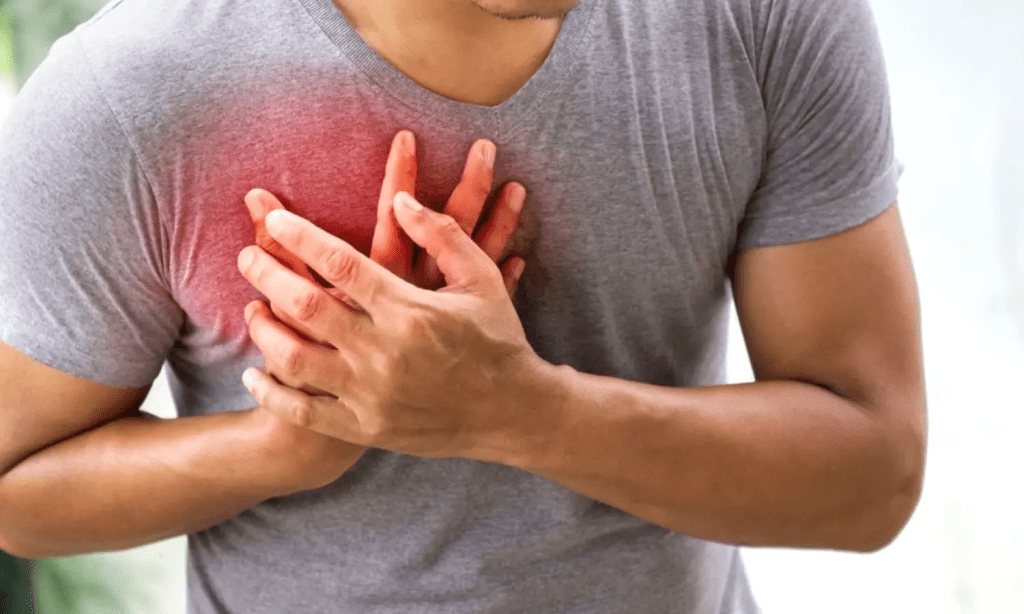
Women experiencing a stroke may feel short of breath, even while resting. This happens when the stroke interferes with the brain’s ability to regulate breathing. In some cases, chest pain can also arise due to cardiovascular stress.
Signs to Be Aware Of:
- Difficulty catching your breath without an obvious reason
- Chest discomfort that feels different from typical heartburn
- A feeling of suffocation or air hunger
If shortness of breath appears suddenly and without a clear cause, it’s crucial to seek medical help immediately.
4. Loss of Balance and Coordination
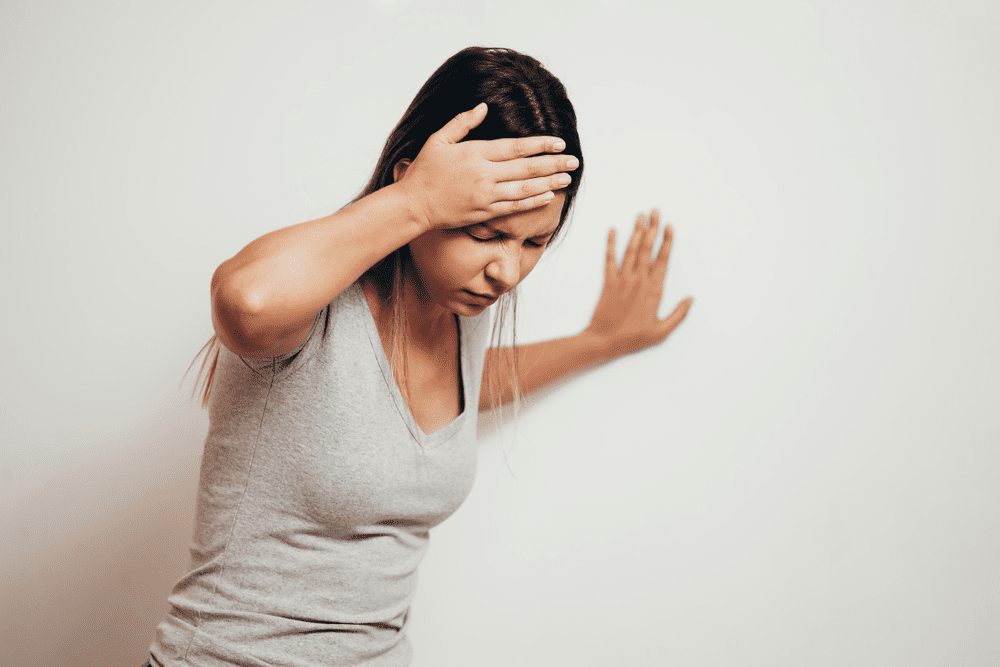
A stroke can impair coordination, leading to sudden dizziness, trouble walking, or feeling unsteady. Women may feel as if they are drunk or disoriented, which can be mistaken for exhaustion or dehydration.
Signs to Watch For:
- Sudden loss of balance without alcohol or medication involvement
- Difficulty walking in a straight line or standing upright
- Sudden episodes of vertigo or spinning sensations
If these symptoms appear out of nowhere, it could be a neurological issue linked to a stroke. Seek medical help without delay.
5. Mental Confusion or Disorientation

A stroke can cause sudden mental fog, memory loss, or confusion, often mistaken for stress or aging. However, if a woman suddenly struggles to remember familiar places, people, or simple information, it could signal a stroke.
Signs to Look For:
- Forgetting names, dates, or familiar details suddenly
- Feeling lost in a known environment
- Trouble understanding simple conversations or following instructions
Sudden mental confusion should be treated as an emergency. Call for help immediately.
6. Vision Problems or Blurry Sight
A stroke can affect the part of the brain responsible for vision, causing blurred vision, double vision, or even temporary blindness in one eye.
Symptoms to Take Seriously:
- Sudden difficulty seeing from one or both eyes
- Experiencing flashes of light or unexpected blind spots
- Trouble focusing on objects or reading text
Video:
10 Warning Signs of Stroke in Women You Must Never Ignore!
If vision becomes blurry or distorted without a known cause, seek medical attention as soon as possible.
7. Neck or Jaw Pain
While neck and jaw pain are often associated with heart attacks, they can also indicate a stroke—especially in women. A stroke affecting the brainstem can lead to pain in these areas due to disrupted nerve signals.
What to Watch For:
- Sudden tightness or pain in the jaw or neck
- Difficulty moving the neck without experiencing discomfort
- Pain that accompanies numbness, dizziness, or weakness
Persistent and unexplained pain in the neck or jaw, especially with other symptoms, should prompt immediate medical evaluation.
8. Numbness or Tingling on One Side of the Body

One of the classic symptoms of a stroke is numbness on one side of the body, but in women, it may start more subtly with tingling or a pins-and-needles sensation.
Symptoms to Take Seriously:
- Tingling or numbness in the face, arm, or leg, usually on one side
- Weakness or heaviness in the hands or fingers
- A sensation of losing control over movement in one limb
If tingling quickly progresses to numbness or weakness, act fast and call for medical help.
9. Mood Swings or Sudden Irritability
A stroke can disrupt the brain’s emotional regulation, leading to abrupt mood changes or emotional instability.

Signs of Emotional Changes:
- Unexplained anger, sadness, or irritability that arises suddenly
- Feeling overly anxious, panicked, or emotionally overwhelmed
- Laughing or crying without control or apparent reason
Sudden and drastic mood swings could indicate a stroke and should not be taken lightly.
10. Excessive Fatigue and Weakness
Feeling unusually tired, weak, or sluggish without any apparent reason can be a subtle yet significant sign of a stroke. When the brain lacks oxygen, it can result in overwhelming fatigue.
Signs of Stroke-Related Fatigue:
- Physical exhaustion without exertion
- Difficulty moving arms or legs due to sudden weakness
- The urge to sleep excessively despite adequate rest
Fatigue might seem harmless, but combined with other symptoms, it becomes a red flag for stroke.
What Should You Do If You Notice These Signs?
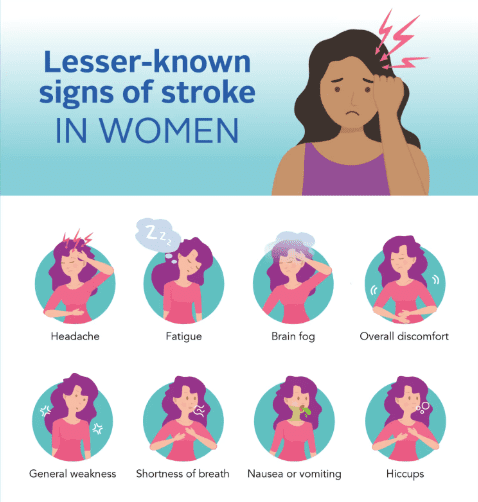
If you or someone else exhibits any of these symptoms, it’s crucial to act immediately. Stroke treatment is most effective within the first few hours, so recognizing the signs early can make a life-saving difference.
Follow the FAST Rule to Identify a Stroke:
- F – Face Drooping: Is one side of the face numb or drooping?
- A – Arm Weakness: Is one arm drifting downward?
- S – Speech Difficulty: Is speech slurred or hard to understand?
- T – Time to Call 911: If you observe any of these signs, act fast.
Conclusion
Women often experience atypical stroke symptoms, making it harder to recognize the warning signs. If you notice any of these uncommon symptoms in yourself or someone else, don’t hesitate—call emergency services immediately. Early intervention can significantly improve recovery outcomes and reduce long-term damage.
Your instincts matter. If something feels off, don’t wait—take action. Recognizing these subtle signs could be the difference between life and d*ath.
